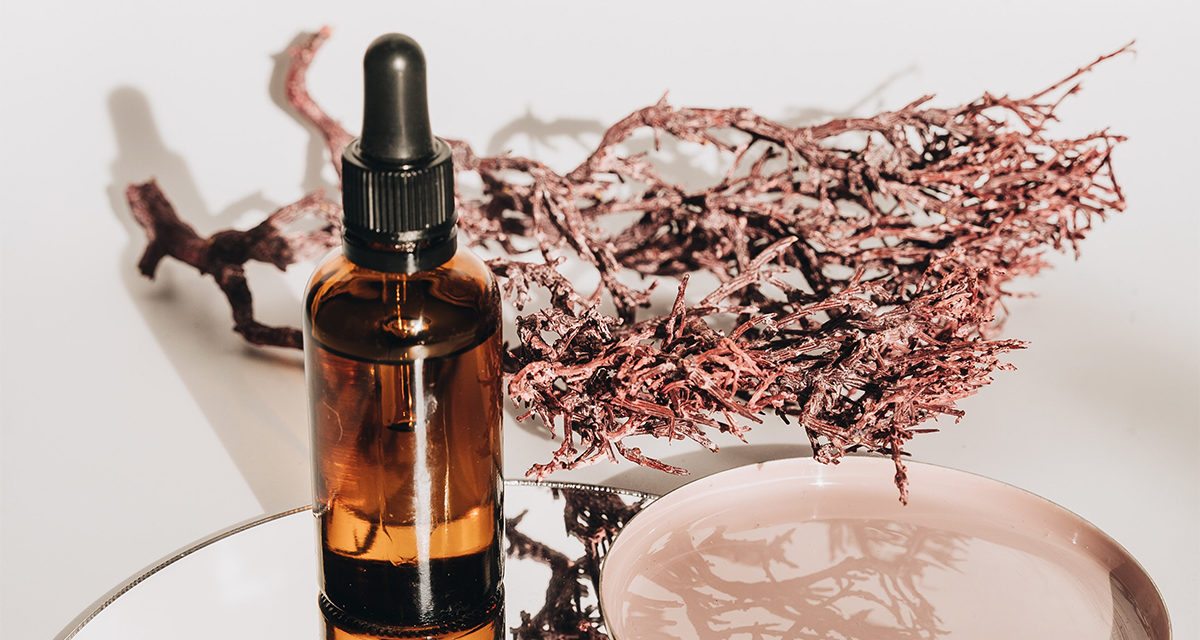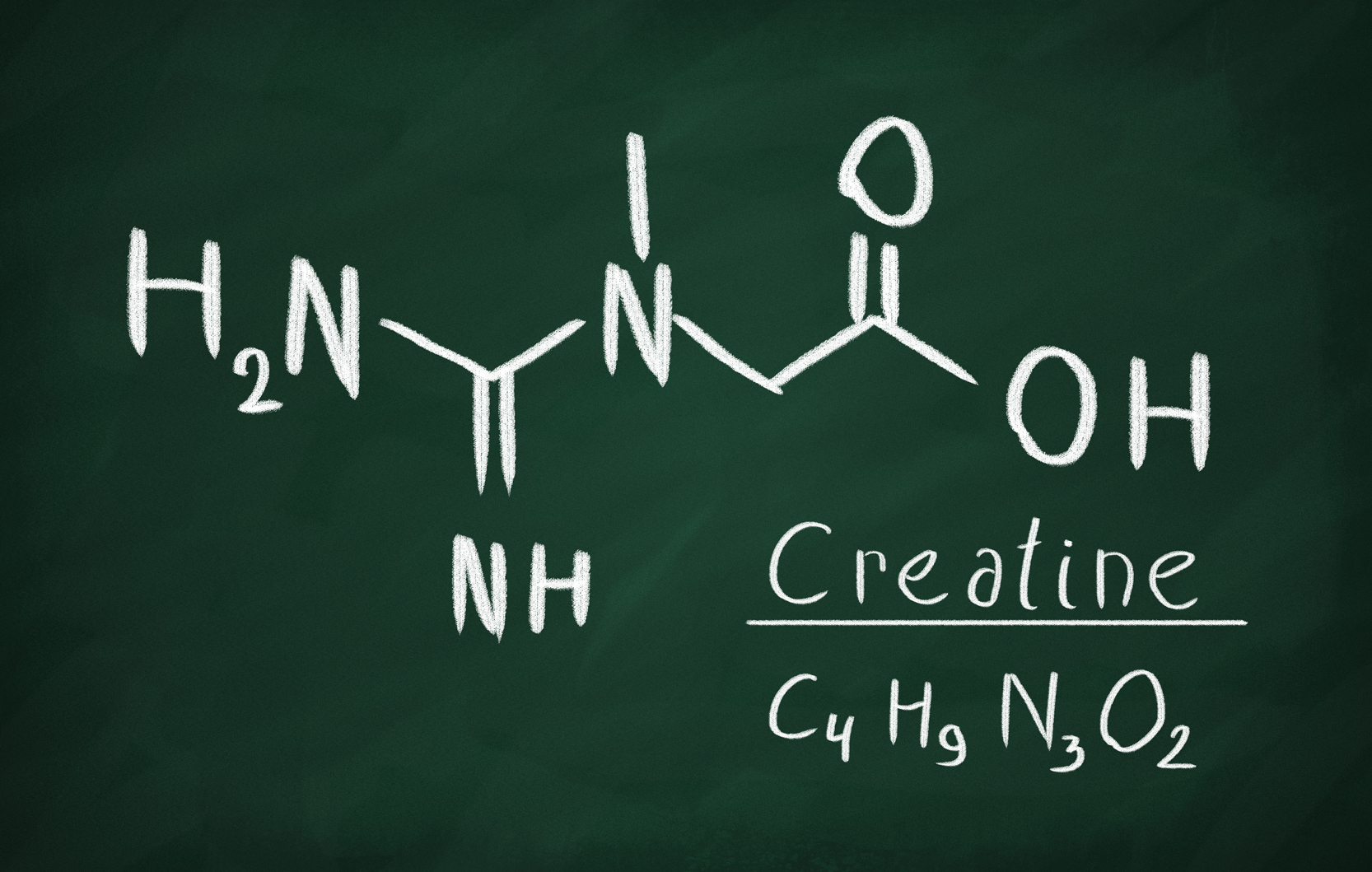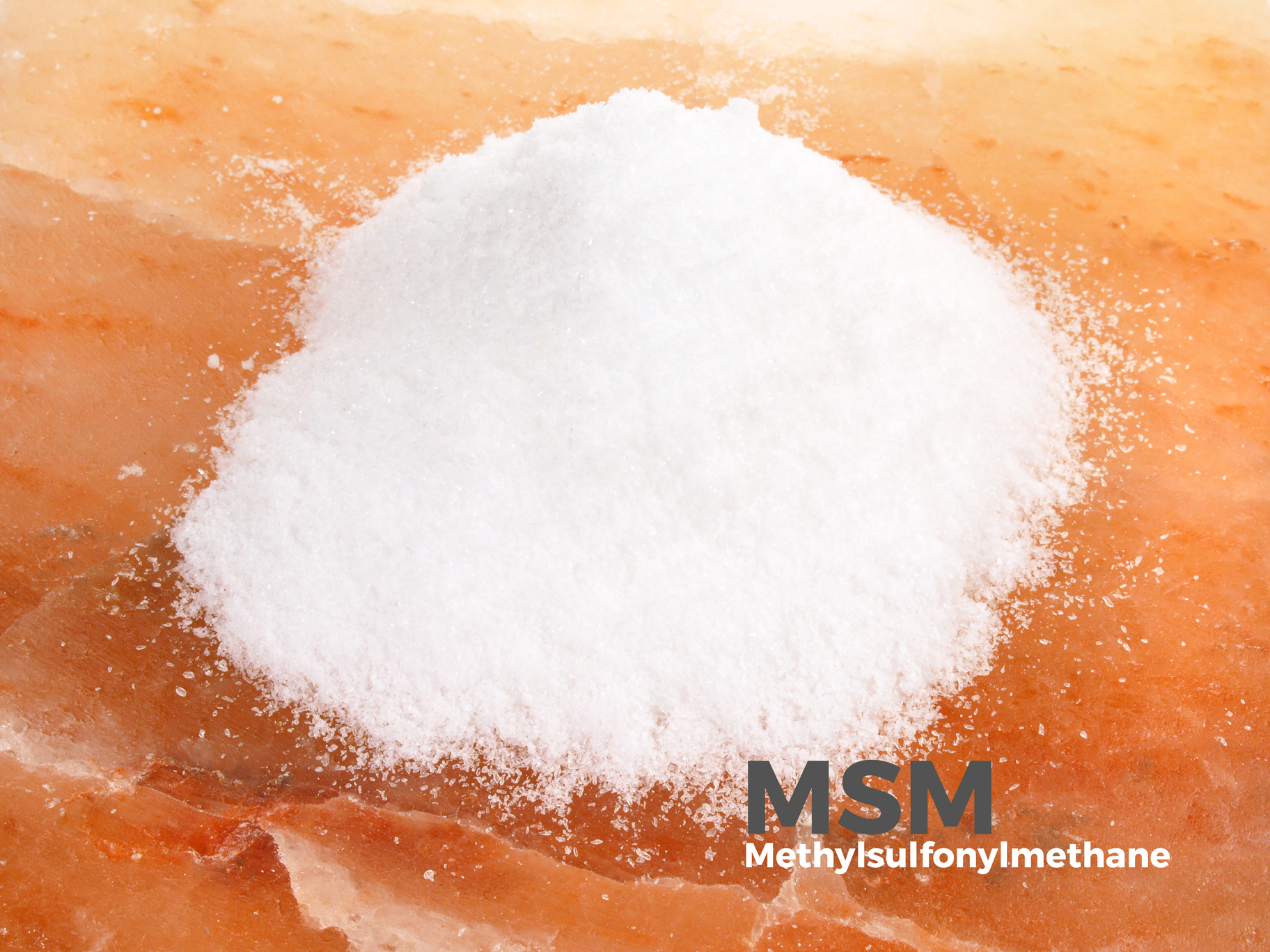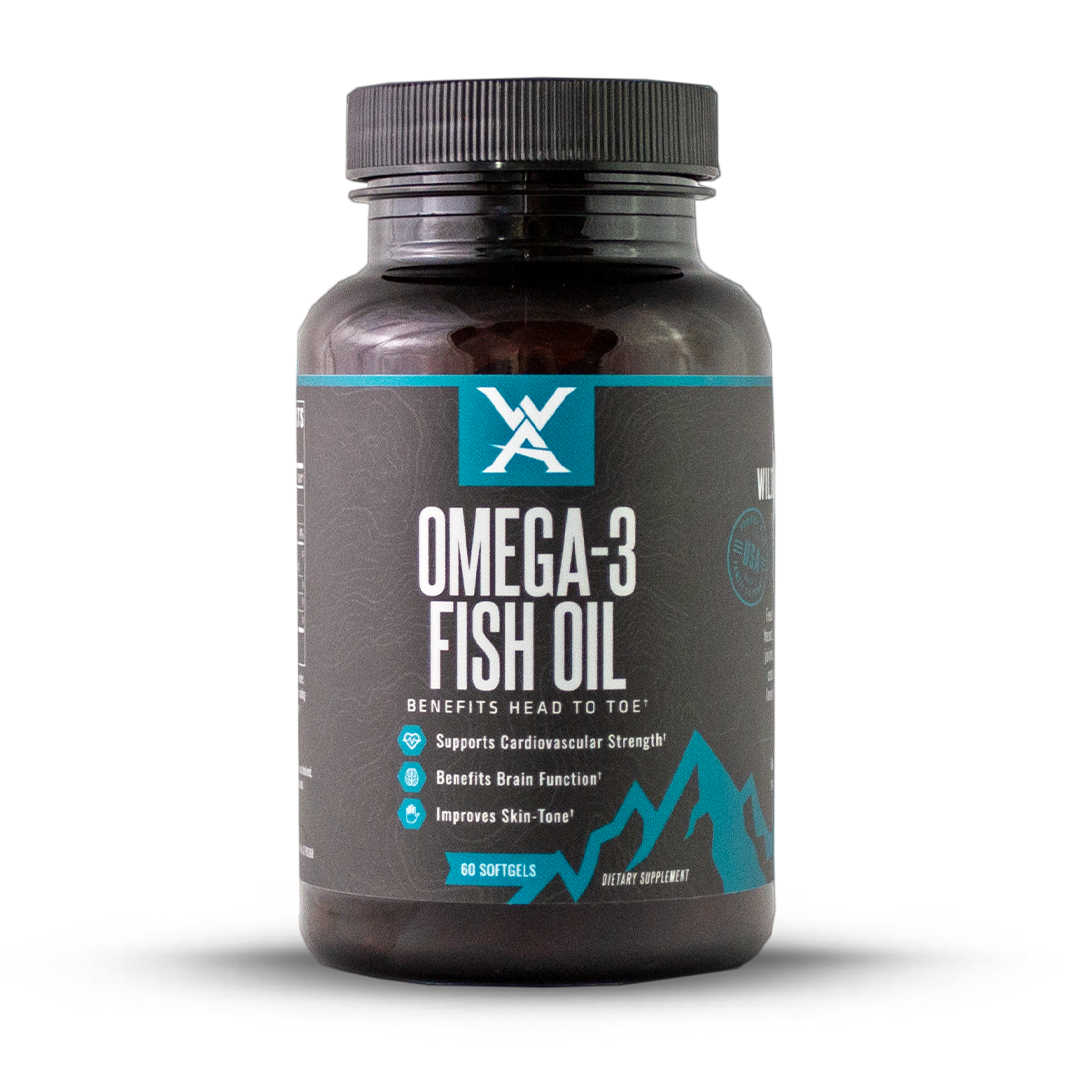The column for this month was to be part 3, the conclusion of a series of reports on the “weight losing” supplement Garcinia cambogia. However, recent events have turned attention toward another direction. So the report on Garcinia, the extract from the Malabar tamarind, will have to wait for just a little while more. Rather, I wish to return to a series of investigations emanating from my laboratory in the early 21st century (see Bibliography below).
At that time, we began working on two different types of natural anti germicidal supplements – essential oils like oregano and a monoglyceride containing lauric acid — namely monolaurin. Both these natural agents have generally regarded as safe (GRAS) status. I mention the term “germicidal,” because the work covers the effects of the natural substances on all the following: fungi, bacteria, and viruses. Subsequently, my laboratory showed that these two different types of agents were quite effective in treating the fungus, Candida albicans, and a variety of bacteria both gram positive and negative. To be more specific, we examined in vitro and in vivo the cidal and/or static effects of oil of origanum, several other essential oils, and monolaurin on Staphylococcus aureus, Bacillus anthracis Sterne, Escherichia coli, Klebsiella pneumoniae, Helicobacter pylori, and Mycobacterium terrae. Origanum proved cidal in mice to all tested organisms with the exception of B. anthracis Sterne in which it was static. Monolaurin was cidal to S. aureus and M. terrae but not to E. coli and K. pneumoniae. Unlike the other two gram-negative organisms, H. pylori was extremely sensitive to monolaurin.
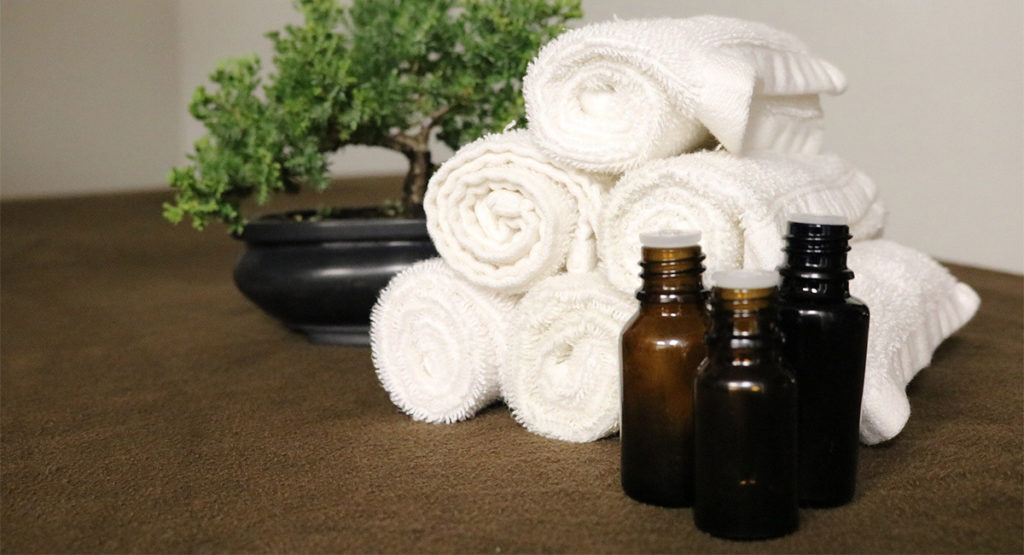
Most important, there were some beneficial effects, comparable to Vancomycin, in treating mice infected with staphlococcus. There was also a suggestion that these agents did not undergo the resistance that many drugs developed over time, e.g., to methicillin resistant staphylococcus aureus (MRSA). Why is all this happening? Research has suggested that both monolaurin and oregano exert virucidal and bactericidal effects by solubilizing the lipids and phospholipids in the envelope of the pathogen possessing this protective barrier, which in turn causes the disintegration of its envelope. Since many pathogens have such a lipid coating including numerous viruses, it seems worthwhile to test these agents further, particularly in viruses.
I was introduced to the potential effects of oregano oil by Dr. Cass Ingram of North American Herb and Spice, an expert in essential oils. The findings from the ensuing studies described above were “eye opening.” His p73 version oregano oil was most effective. Recognition of the antimicrobial activity of the monoglyceride of lauric acid (monolaurin), an important constituent of mothers’ milk, has been reported since 1966. A large body of the research can be credited to the late Jon J. Kabara, B.S., M.S., Ph.D. His early pioneer work focused on the virucidal effects of monolaurin (Lauricidin,® Med-Chem Laboratories, Inc., Galena, Illinois) on enveloped RNA and DNA viruses [a,b].
To conclude this brief report that was intended to resurrect earlier information on essential oils and monolaurin, my belief is that these agents have much potential to prevent and treat various forms of infection with an eye on viruses. My own work on their utility ended some years ago, because funding was not obtained to proceed. In any case, I hope that more work particularly regarding viruses will be carried out regarding the ability of essential oils like oregano and monolaurin to prevent and/or beneficially treat subsequent pandemics. I will go deeper into this subject in the next report.
a. Kabara JJ. Fatty acids and derivatives as antimicrobial agents—a review. In: Kabara JJ, ed. The Pharmacological Effects of Lipids. Champaign IL: American Oil Chemists Society,1978:75.
b. Kabara JJ, Vrable R. Antimicrobial lipids: Natural and synthetic acids and monoglycerides. Lipids 1977;12:753–759.
MICROBIOLOGY PAPERS BY PREUSS
Manohar V, Ingram C, Gray J, Talpur NA, Echard BW, Preuss HG: Antifungal activities of origanum oil against Candida albicans. Molecular Cellular Biochemistry 228:111-117, 2001.
Preuss HG, Echard B, Dadgar A, Talpur N, Manohar V, Enig M, Bagchi D, Ingram C: Effects of essential oils and monolaurin on Staphylococcus aureus: in vitro and in vivo studies. Toxicology Mechanisms and Methods 15:279-285, 2005.
Preuss HG, Echard, Enig M, Elliot T, Brook E: Minimum inhibitory concentrations of herbal essential oils and monolaurin for gram positive and negative bacteria. Molec Cellular Biochem 272:29-34, 2005.
Preuss HG, Echard B, Zonosi RR: The potential for developing natural antibiotics: Examining oregano and monolaurin. Original Internist 12:119-124, 2005.
Preuss HG, Echard B, Zonosi RR: The potential for developing natural antibiotics: Examining oregano and monolaurin. Original Internist 12:119-124, 2005.
Lieberman S, Enig MG, Preuss HG: A review of monolaurin and lauric acid: natural virucidal and bactericical agents. Alternative and Complementary Therapies 310-314, 2006
Manohar V, Echard B, Perricone NV, Preuss HG: In vitro and in vivo effects of two coconut oils in comparison to monolaurin on Staphylococcus: Rodent studies J Medicinal Foods (16:499-503, 2013.

